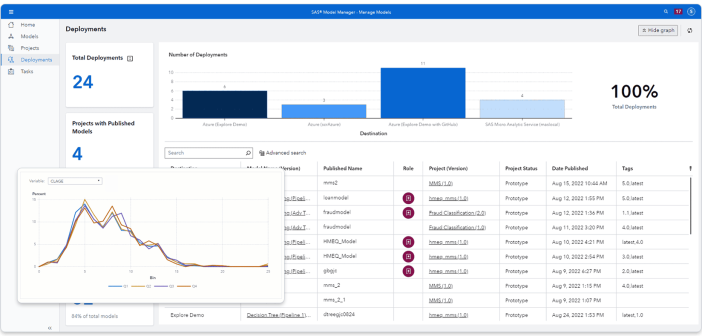
Accurately identifying lag structures between related time series is essential in public health forecasting, particularly during epidemics where delays between infections and hospitalizations affect planning. Using a simulated SEIR model and SAS Viya’s PROC TSSELECTLAG, distance correlation is shown to outperform Pearson correlation by correctly identifying nonlinear lag relationships—such as the true seven-day lag between new infections and hospital admissions.
















